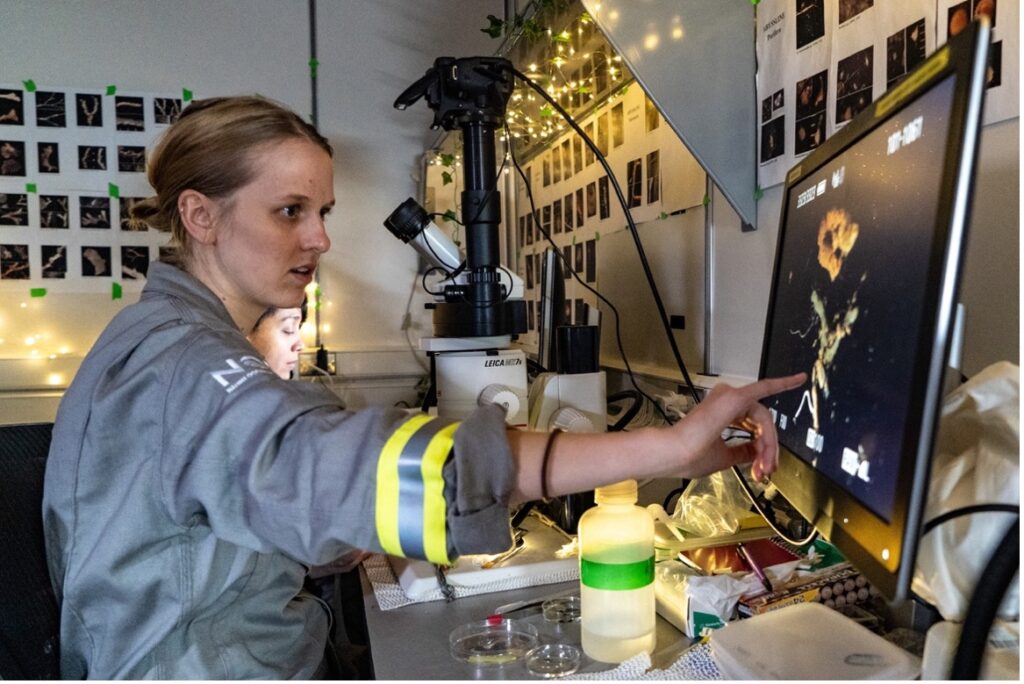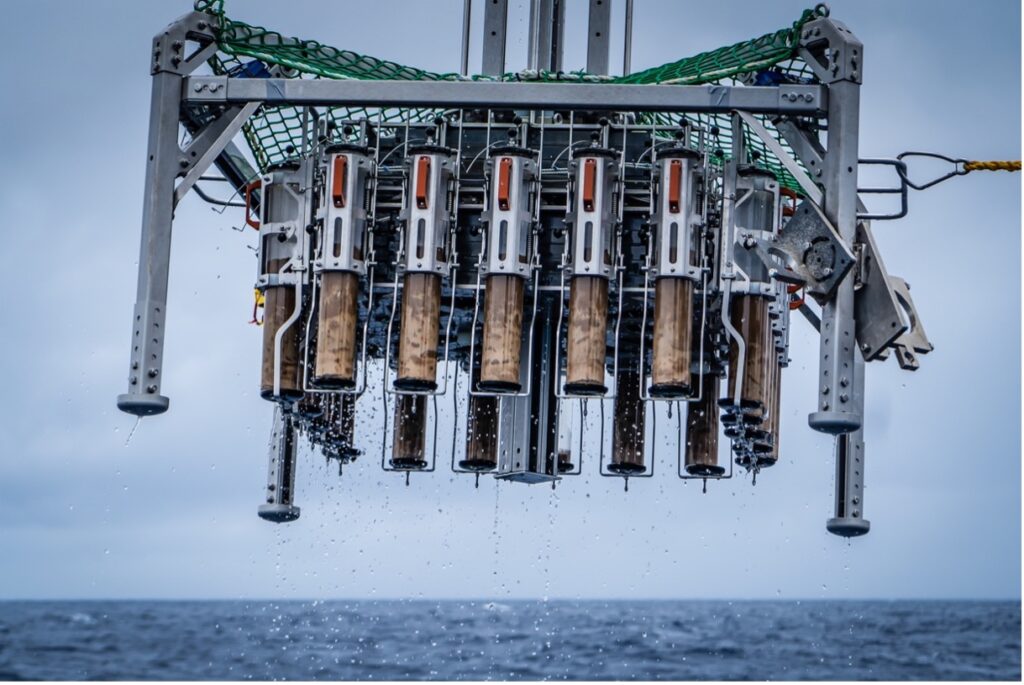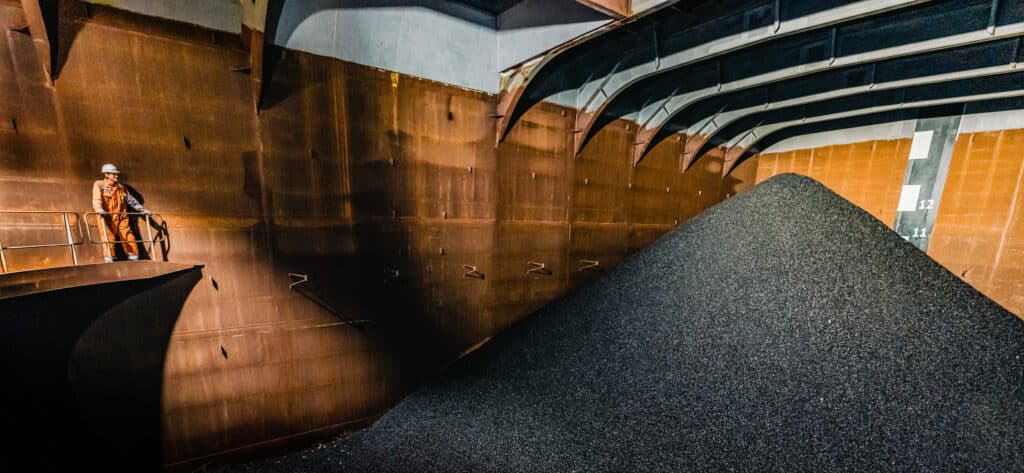TMC and our subsidiary, NORI, are proud to be among the largest funders of research enabling the discovery of new species on the abyssal plain in the Clarion Clipperton Zone (CCZ). In March 2023, NORI submitted a first tranche of our environmental baseline data to the ISA’s ‘DeepData’ platform, contributing over 270,000 biological occurrences to the database, representing the largest molecular-based assessment of quantitative CCZ macrofaunal box cores to date. Analysis of a further 40 box cores and multicores is expected to be completed by August 2023.

In order to protect biodiversity we need an understanding of the biological communities that exist in areas earmarked for future resource development, to support impact mitigation measures and ensure that our operations do not cause serious harm to the marine environment. For this reason, NORI is undertaking a comprehensive Environmental and Social Impact Assessment to understand the true impacts of nodule collection on deep-sea biodiversity and recently completed extensive baseline studies on the NORI-D area to characterise faunal communities, from seafloor to surface.
In this aim, we are delighted to be working with many best-in-class institutions like the Natural History Museum (London), and to be supported by the ISA, which is leading the way in setting aside marine protected areas, with 43% of the Clarion Clipperton Zone already set aside for protection. We are proud that the deep-sea research platform provided by this industry is helping to enable the compilation of a comprehensive inventory of life in the Clarion-Clipperton Zone (CCZ) as outlined in the paper by Rabone et al. (2023), ‘How many metazoan species live in the world’s largest mineral exploration region?’.
As the authors note, the requirement that contractors submit baseline data to the ISA’s ‘DeepData’ platform has resulted in a major increase in the rate of species description and taxonomic work in the CCZ in recent years.
We agree with NHM’s Adrian Glover, who said, “We are on the eve of some of the largest deep sea mining operations potentially being approved. It is imperative that we work with the companies looking to mine these resources to ensure any such activity is done in a way that limits its impact upon the natural world.”
Contributions from two of NORI’s benthic baseline campaigns have already begun to yield novel insights about deep-sea biodiversity, including through descriptions of new species of annelid worm Euphrosinella georgievae sp. nov. published in Zookeys and the brittlestar, Ophiotholia saskia sp. nov. published in a special issue of Frontiers of Marine Science. A further seven taxonomic papers are currently in preparation, representing 18 previously unrecorded species from 157 records.
Remaining baseline data and samples including geochemical samples and biological samples from the water column on the NORI-D area are being collated and categorized and will be shared with the world in the coming months. The complete NORI dataset will be one of the most comprehensive datasets ever gathered in the CCZ and will form the basis of NORI’s Environmental Impact Statement, an integral part of the application to the ISA for an exploitation contract to begin small-scale production on the NORI-D area.
Given the collaborative nature of our deep-sea science program, NORI fully supports the emphasis on the need for industry to work in tandem with academia to ensure that the decision-making process is supported by the best data available.

Metazoan macrofauna submitted to DeepData in March 2023:
- A total of 3301 individual macrofauna specimens were examined from all samples, from which a total of 2750
could be identified or discriminated from one another (83%), with a total of 701 species recovered. - The Annelida (polychaetes) were the most species rich, with 279 species, followed by the arthropods
(161 species) and then the molluscs (87 species).
Metazoan meiofauna submitted to DeepData in March 2023:
- Over 108,000 individuals identified from 2 benthic baseline campaigns.
Metazoan megafauna submitted to DeepData in March 2023:
- Overall, 17,020 metazoan megafauna specimens (in 8348 images) were identified from images, all > 10 mm. A total of 210 metazoan megafauna morphotypes were encountered. 67 specimens have been recovered by ROV.





